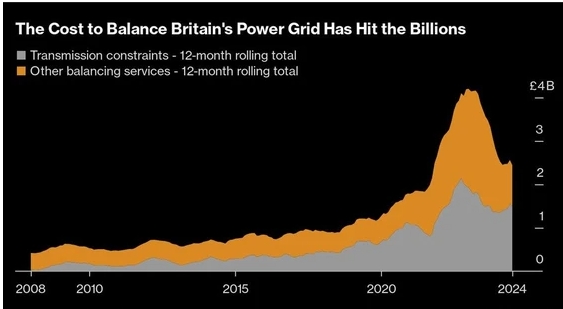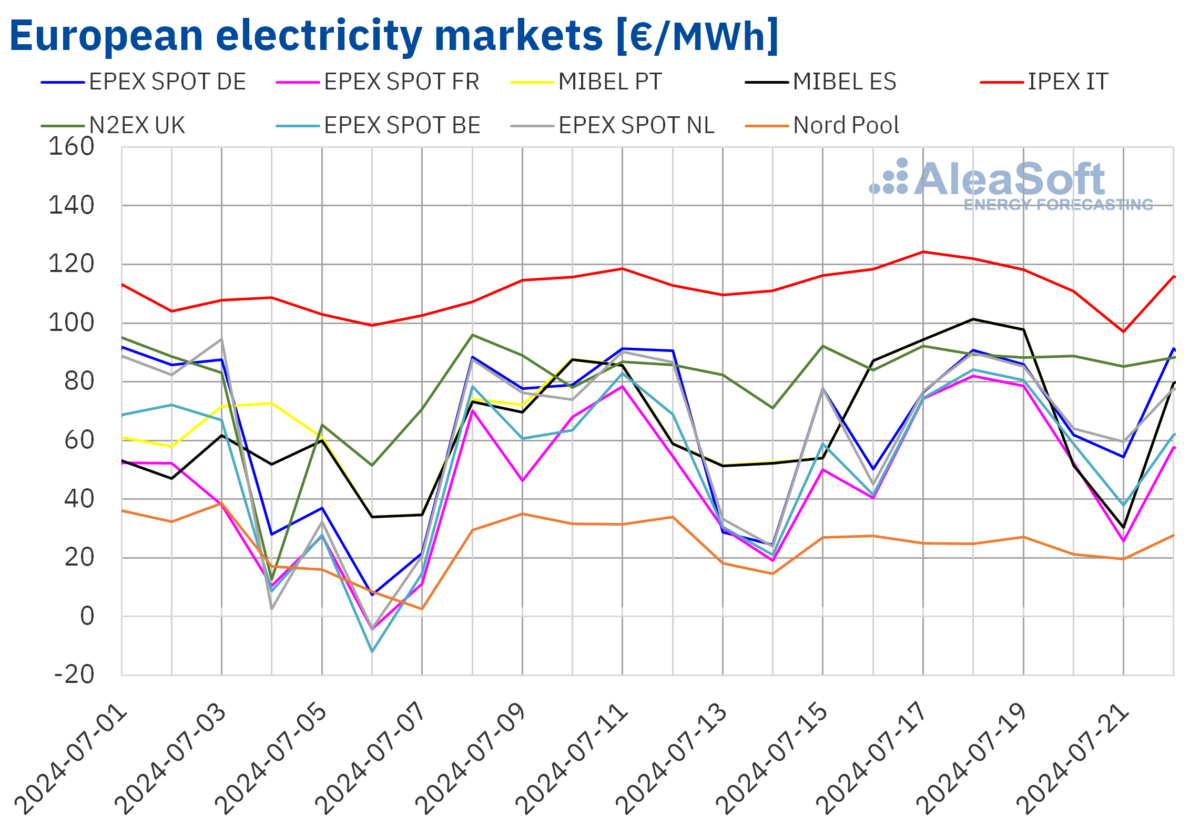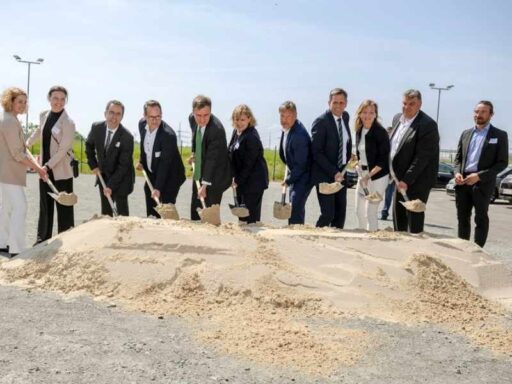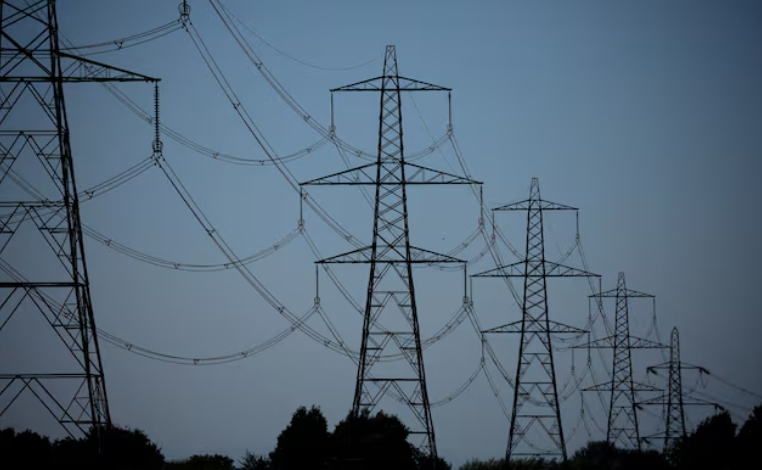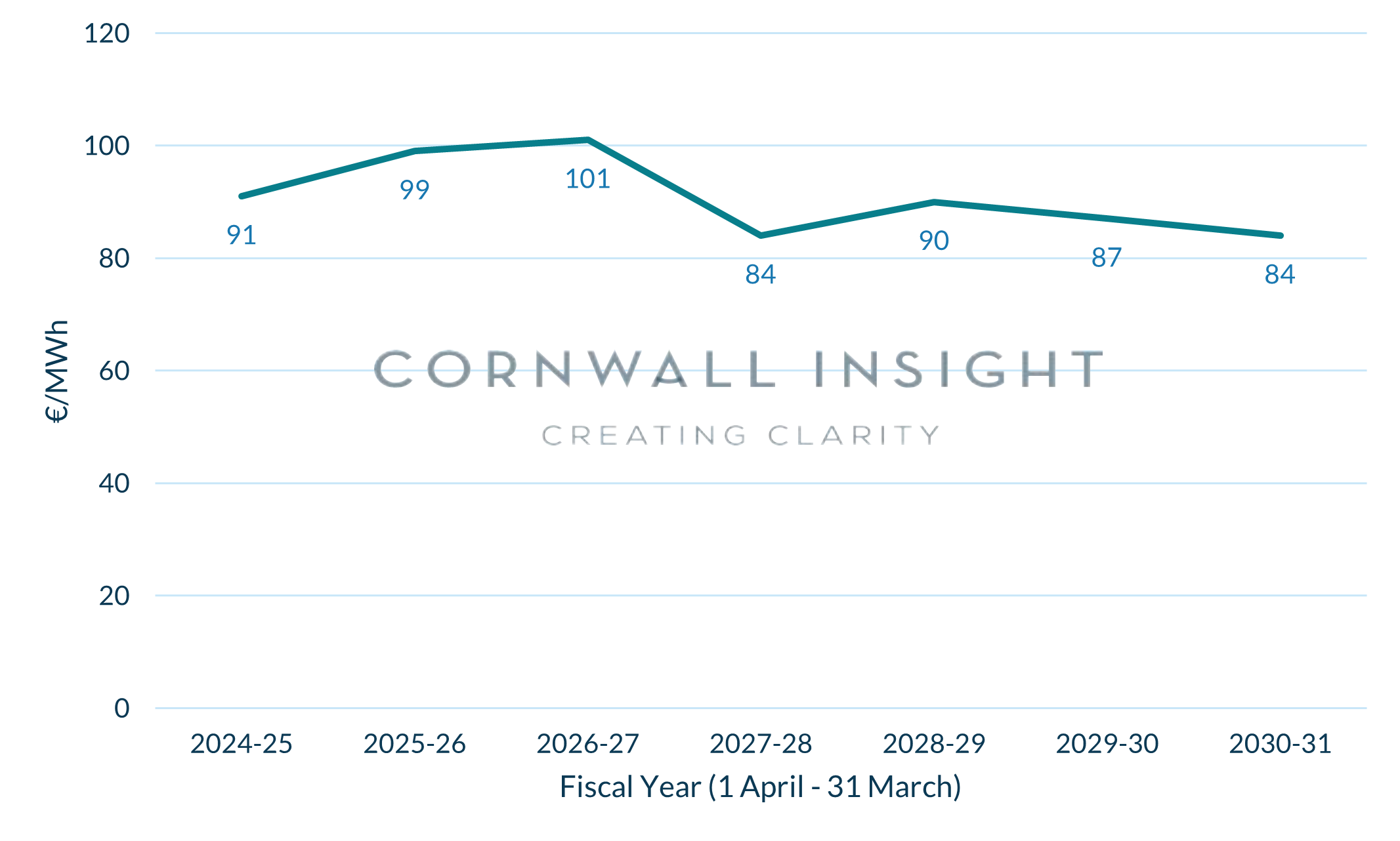Cornwall Insight’s ‘Benchmark Power Curve’ predicts that by the 2040s Great Britain (GB) could be an annual net exporter of power to the European continent through its interconnectors.
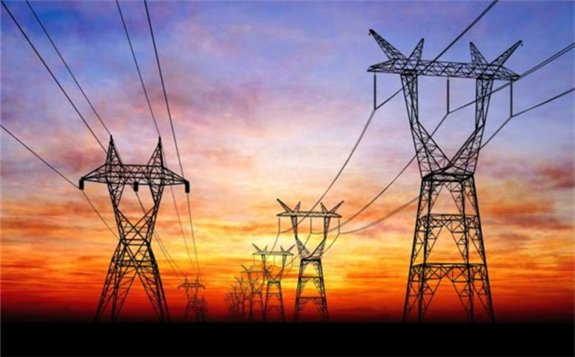 Image credit; Stock
Image credit; Stock
Interconnection with EU nations, regardless of trading arrangements post-Brexit, will continue to play a pivotal role in driving wholesale power prices and system flexibility in the future.
Modelling of the Great Britain and EU markets by Cornwall Insight shows that increased interconnection through the 2020s and 2030s could provide a route for excess offshore wind power in GB to be consumed elsewhere in Europe.
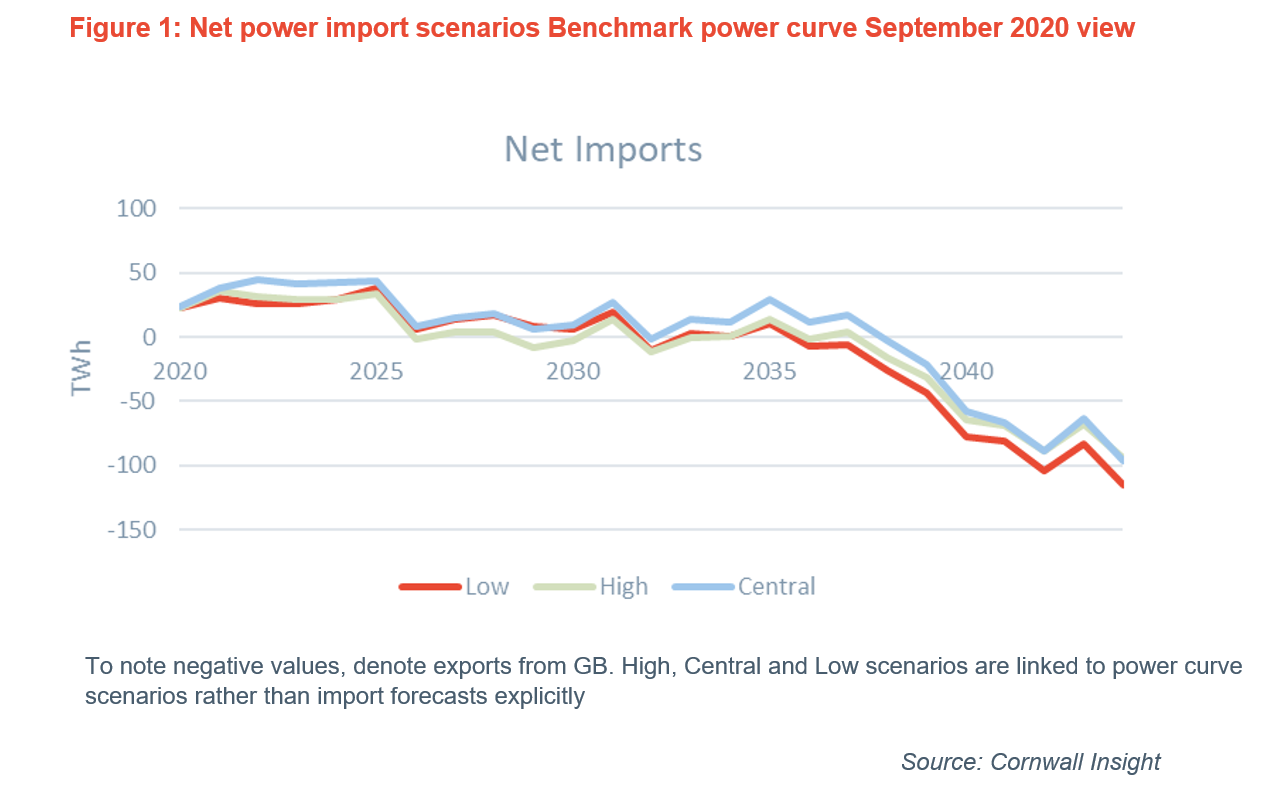
James Brabben, wholesale manager at Cornwall Insight, said:
“Interconnection between GB and the EU is set to grow dramatically; we could see an effective doubling of current interconnector capacity in a little over three years with new connections to France, Denmark and Norway. Growth is not limited there and could extend further, with the current National Grid Interconnector Register showing up to 16GW of interconnection could be operational by 2025 and up to 25.4GW by 2030.
“GB becoming a net exporter of power would be a real reversal of roles compared to the past decade. Our modelling of GB and EU markets shows how convergence in the generation mix of power markets across Europe will see more volatile flows over interconnectors. GB’s comparative advantage for offshore wind resources supports a vast build-out of the technology and could see greater flows of power to Europe as a result.
“Increased interconnection would help facilitate this cheaper power moving to European markets. This could potentially limit the incidences of negative pricing and network constraint payments if the power can flow elsewhere.
“As the generation mix of European countries converges towards cheaper renewables in the 2020s, it is logical to suggest that wholesale power pricing will do the same. Weather-related drivers are, therefore, likely to become a major factor in power prices and interconnector flows.”
